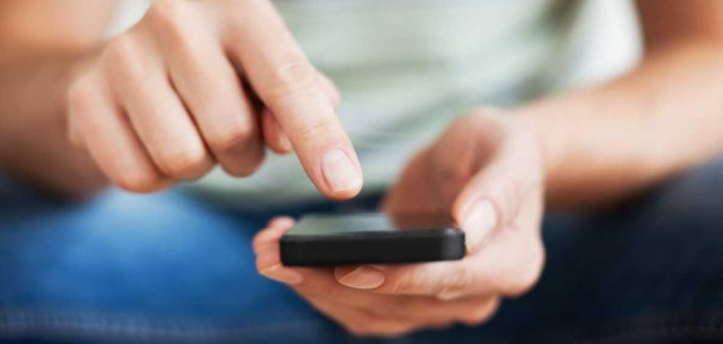In 1996, the FCC, at the request of the White House, reserved 311 as a nationwide non-emergency number, and the federal government subsequently funded pilot programs to determine the feasibility of using this number to divert non-emergent calls away from 911. Baltimore was the first in the nation to establish a 311 system as part of the federal pilot. After its first year, the program had diverted nearly 25% of calls away from 911, and in its first decade, eight million calls came into the system, generating 5.5 million service requests. (Recently, it was used during the Baltimore riots to solicit volunteers and requests for cleanup.)
Since 1996, cities across the country have adopted the number to revolutionize customer service. Some cities choose to use their systems to push out messages to citizens regarding road closures and weather emergencies, while others gather complaints and requests for services. Still others combine those two uses, and gather data to conduct analysis of city needs.
Tulsa is in the process of launching an update to its four-year-old system. The changes will create a more customer-friendly 311 service that also feeds loads of data to the city. The new system will include a CRM platform, a web portal, an online chat, a mobile app, and a voice response system. The city believes that their new system might help reduce call volume by offering multiple avenues to seek assistance or submit a request. For example, the online chat will allow staff to direct users to online information like permit forms. The revamp will also link multiple reports of the same issue together so that the city is not duplicating efforts.
The leaders in Tulsa who are driving the modernization effort said that they relied heavily on the best practices of successful 311 systems. Below are a few of the best 311 systems, and their keys to success.
New York City: New York City’s 311 system opened in March 2003, and it’s considered a model for other 311 and customer service systems across the country, both public and private. Citizens can call, text, go online, or use a smartphone app to report issues, and the city was the first to allow citizens to submit pictures or videos with their requests/complaints. Some of the keys to success for NYC311 included strong support from the mayor and advanced training for 311 employees. The latter came after turf wars among the 45 individual call centers and their employees that were all brought under the auspices of one central 311 system. Today, the 311 center is staffed by call takers who are solely customer-service focused.
Philadelphia: In 2008, Philadelphia was one of the last major large cities to implement a 311 system. Prior to Philly311, the city had disparate call centers but no one centralized service for citizens so that they didn’t have to figure out which department to call to report a concern. The system is set up to accept complaints and requests via text, email, phone, social media, web, and in person. A critical component of success for Philly311 was born out of its ability to quickly set up its system at the lowest cost possible due to budgetary constraints brought on by the recession. Those working at the call center in its early days were able to learn best practices from private sector call takers who were on loan to the city to temporarily alleviate its inability to fully staff the system. While it has improved customer service, Philadelphia’s system still struggles with budget concerns, and is not yet available 24/7.
Chicago: Each year, Chicago receives some 3.9 million calls to its 311 system, which was first set up in 1999. Along with Baltimore, Chicago was one of the first major cities to establish a centralized non-emergency call center. Today, citizens can contact 311 by phone, web, email, of via text message. One of the biggest success stories in Chicago 311 is its workforce, which has a low turnover rate and high morale. Call takers receive initial and ongoing training in customer service, and both city and 311 leaders are proactive in ensuring staff are recognized for the service they provide to city residents. Chicago is considered the best in the country for using its data to conduct predictive analysis, be it using a high volume of flooded basement complaints to pinpoint where a sewer system needs to be moved, to warning landlords who consistently do not provide heat to tenants during winter months. Chicago has used its back end technology to provide real-time data to department managers to track trends and performance, and make adjustments to workflow to ensure greater efficiency and responsiveness to citizens.
There are a plethora of 311 success stories around the country. Does your city have one? Have you found it useful? If you work at or manage a 311 system, what best practices would you share?





Interesting post, 311 seems like an essential system to ease the demand that 911 has to meet and ensure citizen satisfaction with their residential area. Makes me wonder if my home town has one!
[…] Learning from the Best City 311 Systems (city overviews) https://www.govloop.com/community/blog/learning-best-city-311-systems/ […]